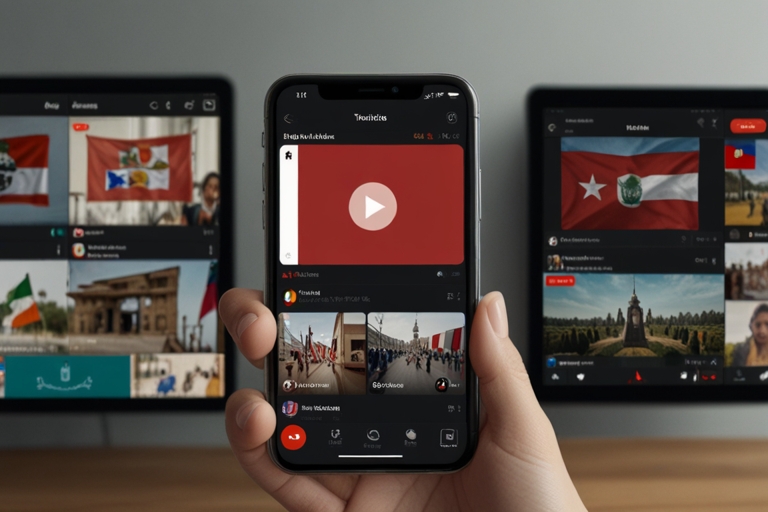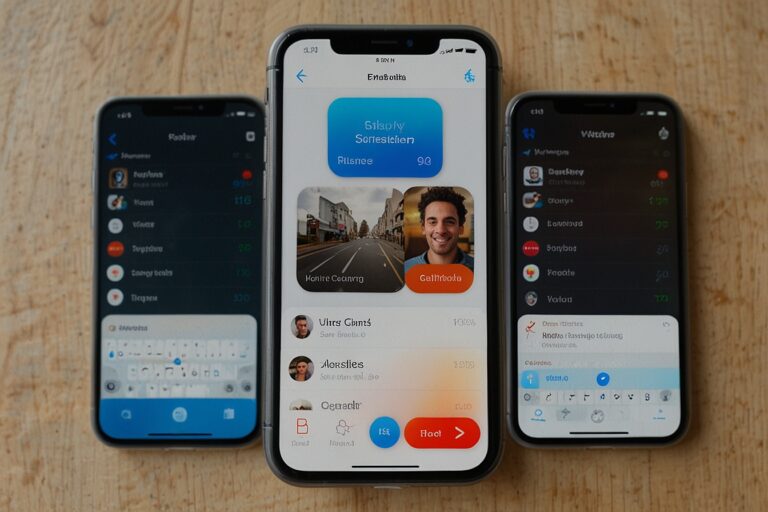
TL;DR
- YouTube Create is coming to iOS, nearly two years after its Android debut.
- Google is hiring iOS engineers in India, signaling a global development strategy.
- The app trails far behind rivals CapCut and InShot in downloads and user engagement.
- User growth has increased 28% YoY, even as retention and usage lag behind competitors.
- India and Indonesia remain the strongest markets, but usage is expanding across Europe and Asia.
Google Brings YouTube Create to iOS to Close the CapCut Gap
Google is preparing to launch its YouTube Create video editing app on iOS, a move aimed at expanding its reach in a competitive space dominated by CapCut and InShot. According to TechCrunch, job listings confirm that Google is recruiting iOS engineers in Bengaluru to build the app.
Initially launched in 2023 on Android across eight countries, YouTube Create is designed to give content creators access to free, lightweight video editing tools tailored for both Shorts and long-form videos. The Android version offers features like GIFs, stickers, effects, and royalty-free music—but it hasn’t yet become a breakout hit.
YouTube Create vs Competitors
| Metric | YouTube Create | CapCut | InShot | Source |
| Q2 Downloads (Android) | <500K | 66M | 21M | Sensor Tower via TechCrunch |
| Monthly Active Users (Android) | <1M | 442M | 92M | Sensor Tower |
| iOS MAUs (Q2) | N/A (TBD) | 194M | 25M | Sensor Tower |
| 90-Day Retention Rate | 1% | 7% | 4% | Sensor Tower |
| Avg. Time Spent/Month | 38 min | 62 min | N/A | Sensor Tower |
| Avg. Monthly Sessions | 11 | 23 | N/A | Sensor Tower |
Despite being late to the iOS ecosystem, YouTube Create is gaining some momentum. Monthly active users grew by 28% year-over-year in Q2, outpacing CapCut’s 9% and InShot’s 7%. Still, with under 1 million active users on Android, the gap remains steep.
Why iOS Could Be a Game-Changer
According to Sensor Tower senior analyst Abe Yousef, the iOS launch could give YouTube Create new life, especially as it attempts to diversify beyond India, which accounted for 67% of users last year. That share has since dropped to 51% as countries like Indonesia, Germany, Brazil, and the U.K. grow in influence.
YouTube Create’s user stickiness is also improving in India, with daily-to-monthly active user ratios increasing from 9% to 12% year-over-year. A similar trend is seen in emerging markets like Spain (+119%), South Korea (+91%), France (+89%), and Singapore (+71%).
The iOS market, however, remains fiercely competitive. On that platform, CapCut and Instagram’s built-in editor dominate with 28M and 7M downloads this quarter alone. Still, Google’s scale and YouTube’s embedded user base could give the app a fighting chance.
YouTube Create’s Strategic Vision
Google developed YouTube Create after feedback from 3,000 content creators, aiming to simplify mobile editing for Shorts and longer videos. With direct competition from ByteDance’s CapCut—closely tied to TikTok—YouTube Create is positioned as an in-house tool to retain creators within the YouTube ecosystem.
But the app’s long-term success hinges on overcoming its low retention rate (1%) and modest usage (38 minutes/month). These metrics suggest that while creators are experimenting with the app, few are making it their default tool.
Google’s investment in building a dedicated iOS team for this project also signals its intent to catch up globally, and reflects a broader trend of strategic hiring in India for global consumer products.
Analyst Insight: Can YouTube Create Catch Up?
While CapCut benefits from its TikTok integration, YouTube Create may have a path forward by:
- Tapping into YouTube’s native user base and creator monetization features
- Improving user retention through smarter templates and social integrations
- Optimizing for regions where CapCut penetration is lower (e.g., Western Europe, Africa)
- Leveraging Shorts as a discovery funnel for YouTube Create content
Still, Yousef notes that YouTube Create’s limited retention and engagement numbers are real challenges: “Rising active user numbers alongside declining downloads could indicate loyal users—but 1% retention is too low for serious long-term traction,” he told TechCrunch.





